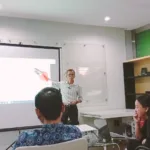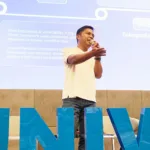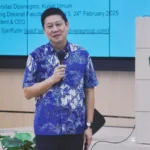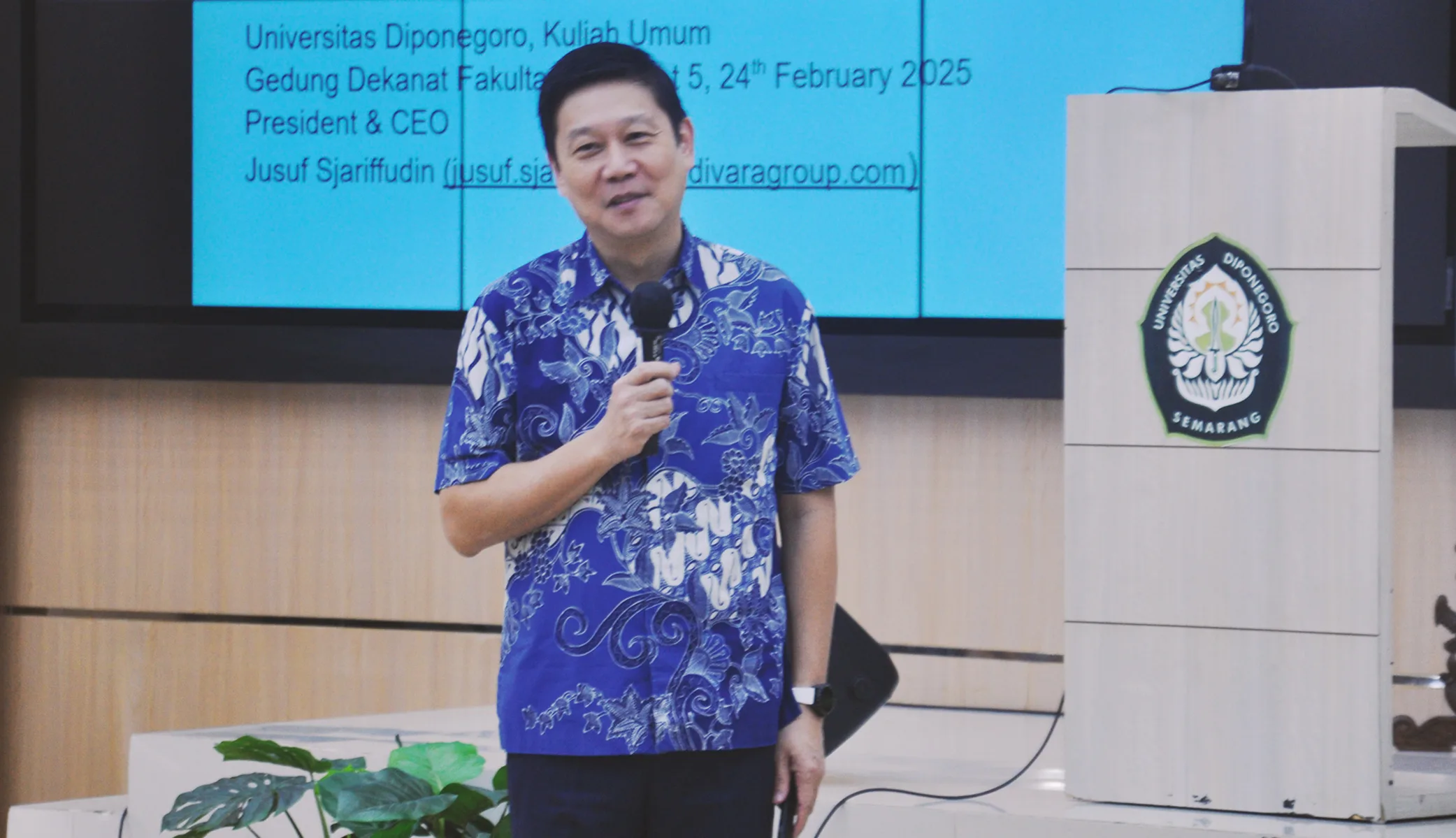On February 24, 2025, the Faculty of Engineering, Universitas Diponegoro (UNDIP) Tembalang invited Pak Jusuf Sjariffudin, President and CEO of Indivara Group to deliver a public lecture on “Project Management in Software Development Projects.” This session provided students with valuable insights into the complexities of managing IT projects and the best practices Indivara employs to ensure success.
Key Takeaways from the Lecture
1. Recent Project Case Studies and Characteristics
The CEO shared two recent software development projects undertaken by Indivara, highlighting their unique challenges, scope, and objectives. These case studies provided students with real-world insights into project execution, risk management, and successful delivery strategies.
2. Project Management Statistics and Why IT Projects Fail
Statistics reveal that a significant percentage of IT projects encounter difficulties, ranging from budget overruns to missed deadlines. Factors contributing to failures include poor requirement gathering, inadequate stakeholder communication, scope creep, and inefficient resource management.
3. How Indivara Avoids Project Failures
Indivara has developed a structured approach to mitigate common IT project risks. Key strategies include understanding industry and business process flow, rigorous requirement analysis, hybrid project delivery methodology, proactive risk assessment, and continuous client engagement. By maintaining transparency and adaptability, Indivara ensures higher project success rates.
4. The Nature of Software Projects
Software projects differ significantly from other engineering projects due to their dynamic requirements, evolving technology, and iterative development cycles. The CEO emphasized the importance of flexibility and adaptive planning in navigating these complexities.
5. Project Plan and Phases
A well-defined project plan is crucial for successful software development. The CEO outlined the following phases:
- User Requirements (Ureq): Gathering and documenting client needs.
- Design: Creating system architecture and UI/UX.
- Application Development: Writing and integrating code.
- System Integration Testing (SIT): Ensuring different modules function correctly.
- User Acceptance Testing (UAT): Validating the system with end-users.
- Deployment: Launching the application into production.
6. Best Practices in Each Phase
In each phase, Indivara follows industry best practices to minimize risks and optimize performance. The CEO provided detailed dos and don’ts to help future professionals navigate common pitfalls in software project management.
7. Example Outputs from Indivara Projects
To enhance understanding, the lecture featured real examples of deliverables from Indivara’s projects at different phases, such as wireframes, technical documentation, test cases, and final deployment reports.
8. Communication Strategies Across Project Phases
Communication is a cornerstone of successful project management. Indivara employs effective communication strategy by tailoring communication type, main actor and people who are involved in every project phases.
9. Skill Sets, Tools, and Methodologies Used by Indivara
The session concluded with an overview of the essential skills, tools, and methodologies Indivara leverages to manage projects efficiently. These include hybrid approach in methodologies(waterfall in overall Project Delivery But Scrum in Development), project management tools, and programming languages suited for enterprise applications.
Final Thoughts
Indivara’s participation in this lecture reflects its commitment to nurturing the next generation of IT professionals. By sharing industry insights and practical experiences, the company aims to equip students with the knowledge and tools necessary for successful project management in the software industry.
Indivara looks forward to further collaborations with academic institutions to bridge the gap between industry and education.





